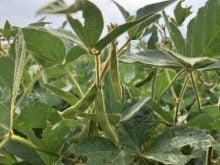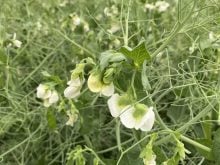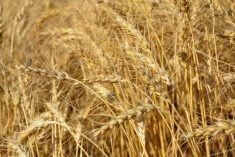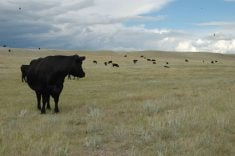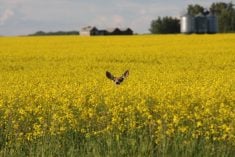Prairie weed specialists will survey 4,000 fields over the next two years to see what kinds of weeds are in farmers’ fields.
“We want to track the shifts in weed populations that occur through time,” said Gordon Thomas, a research scientist with Agriculture Canada in Saskatoon who is co-ordinating the survey.
He said it will provide a snapshot of what weeds are present and what factors influence them.
“It’s beneficial to see what species are predominant in the field.”
Similar weed surveys done since the 1970s have showed an increase of cleavers, Canada thistle and dandelion, and a decrease in blue burr and cow cockle.
Read Also
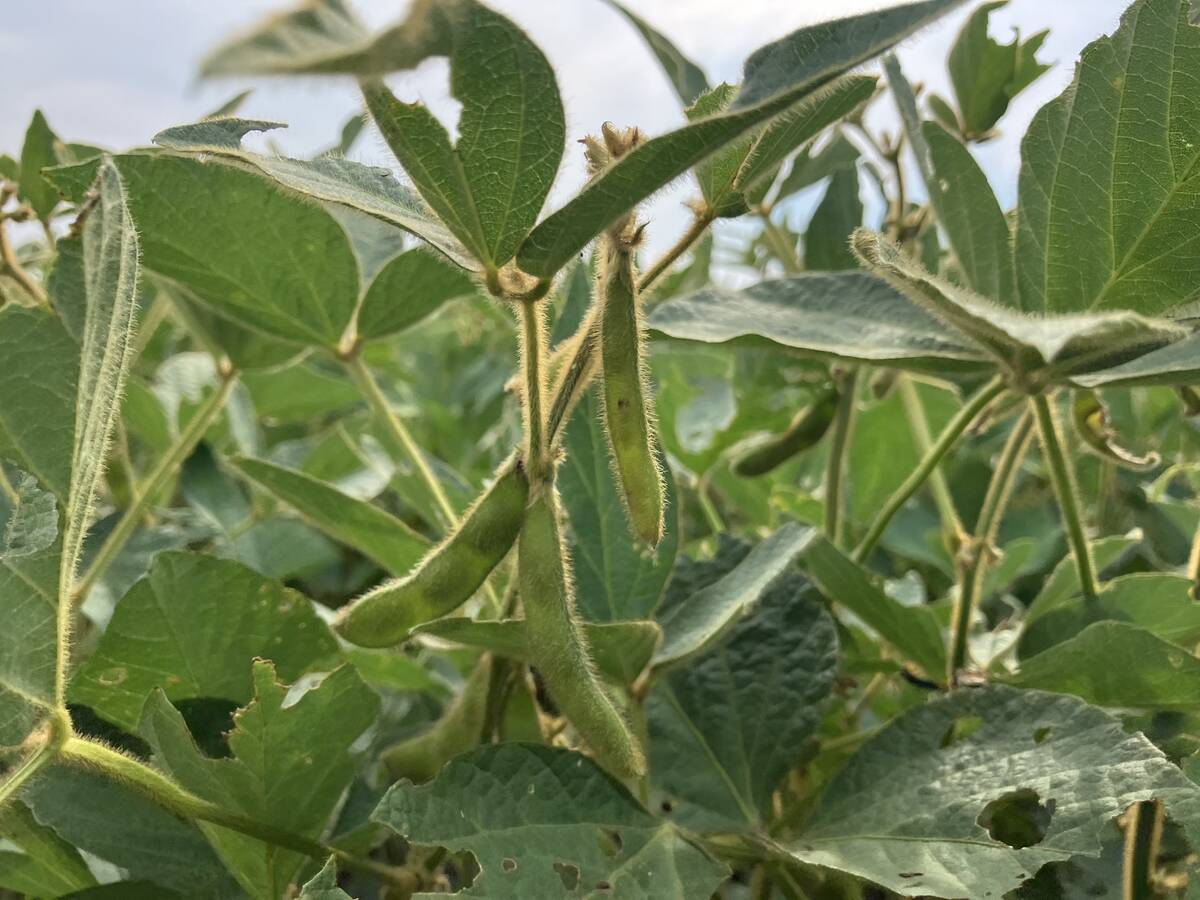
Soybean market still figuring out implications of China-U.S. pact
Soybean futures had a muted reaction to the U.S. trade deal with China as the market tries to figure out the nuances of the deal.
Farmers have changed the way they farm since the surveys began.
Many farmers are summerfallowing less to control weeds, while others have adopted zero or minimum tillage and use more herbicides.
There has also been a shift in crops. More peas, lentils, canola and forages are seeded than a decade ago.
Scientists will study 1,200 randomly selected Alberta fields this year. Next year they will survey 2,200 fields in Saskatchewan and 600 in Manitoba.
Thomas doesn’t expect to find surprises.
“Weeds are fairly dull. Weeds slowly move into an area and gradually expand.”
The survey will also check for herbicide-resistant weeds. Surveyors will randomly select 250 of the Alberta fields for an additional check for resistant weeds.
Hugh Beckie, research scientist with Agriculture Canada in Saskatoon, will co-ordinate the weed resistance survey.
“Based on results from previous field surveys, we expect to find significant amounts of wild oat resistances and Group 2 resistance in broadleaf weeds,” he said.
Seeds from suspected weeds will be collected from the fields and grown in the laboratory.
Producers will be asked management questions to find out how they are farming.
Beckie said the research team hopes the survey may offer clues into the increase in herbicide-resistant weeds.
Researchers will conduct the resistant weed survey in Saskatchewan next year and Manitoba the following year.


